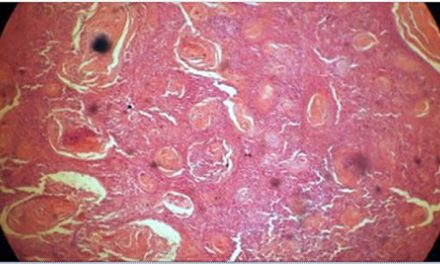It’s estimated that in the U.S., about 200,000 people have Idiopathic Pulmonary Fibrosis, or IPF, at any one time. However, the CDC is worried about what seems to be a cluster in the dental community. Over a 15-year period, a Virginia clinic saw eight dentists and one dental technician with the deadly disease that can be treated, but not cured. (Of the 9, 7 have already died.)
RELATED STORY:
IPF causes scarring of the lungs and can be slowed however, there is currently no way to remove the scar tissue and over time, it’s difficult for the lungs to get oxygen to vital organs like the heart and brain.
Last Friday the CDC released it’s Morbidity and Mortality Weekly Report finding that dental professionals were 23 times more likely to have IPF than the rest of the population, but they aren’t sure why.
However, the reason they discovered the increase in risk among dental professionals was because in April, 2016, a Virginia dentist- just diagnosed with IPF and undergoing treatment at a specialty clinic- called the CDC with a warning: several other dental professionals were being treatmented at the same facility.
RELATED STORY:
After looking into the matter and going over nearly 900 records of IPF patients at that clinic, over a 21-year period, CDC investigators found nine patients with a common work history.
“Dentists and people who work in their offices are exposed to a specific set of hazards, particularly silica, polyvinyl siloxane, alginate and other toxic substances that can be inhaled when they’re polishing dental appliances or preparing amalgams.
Older dentists usually fare worse, both because of increased opportunities for exposure and because they may have practiced at a time when safety standards weren’t as stringent.”1
Although the dentist who alerted the CDC never smoked, he also reportedly never wore his National Institute for Occupational Safety and Health-certified respirator during dental activities throughout his 40-year dental carreer. He did say he began wearing a surgical mask during the last 20 years of practice but even that might have been inadequate.
Randall J. Nett, lead author of the study and medical officer with the U.S. Public Health Service, said more work needs to be done before they can make any more conclusions about the risks for dentists and IPF but the CDC is now warning dentists and the people who work in their offices to wear a National Institute for Occupational Safety and Health-certified respirator during dental activities.
RELATED STORY:











